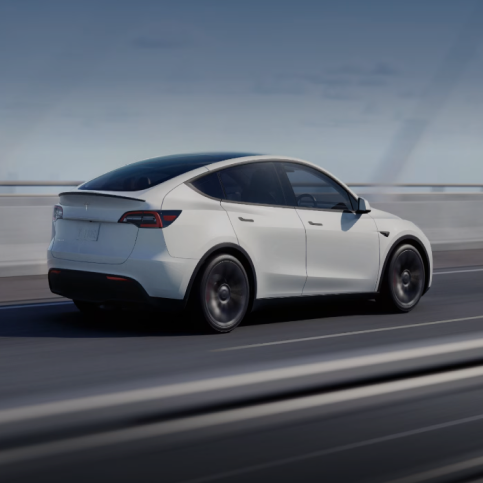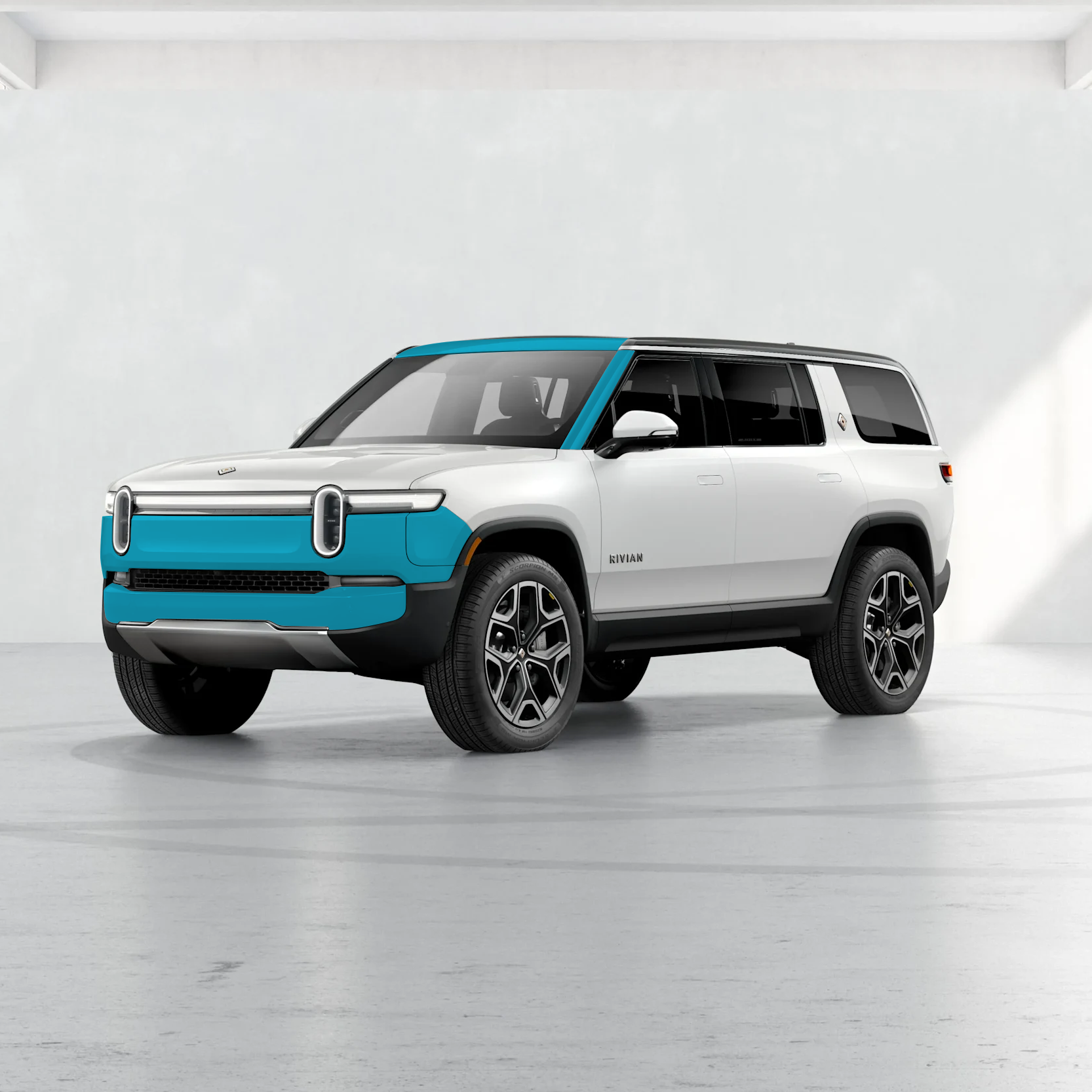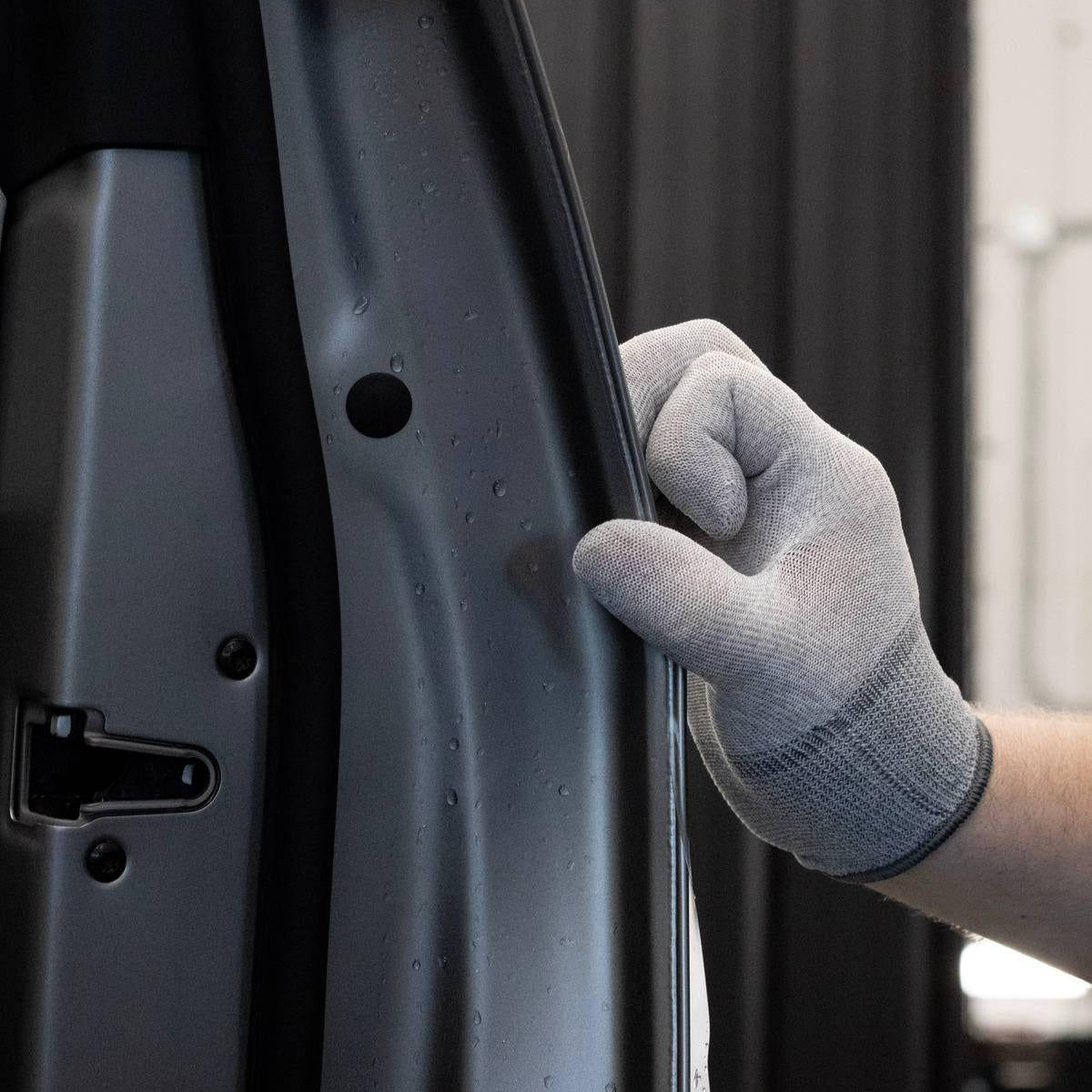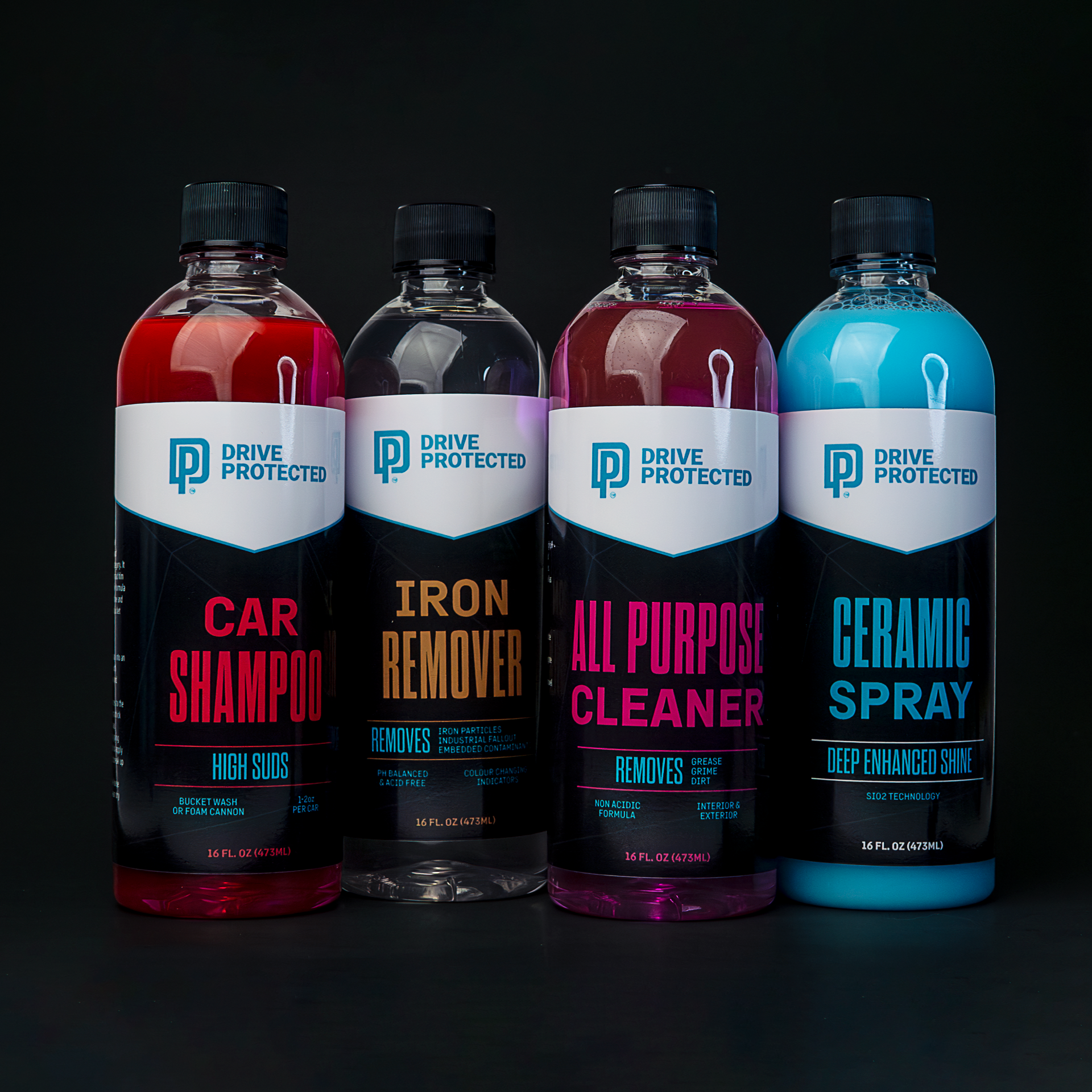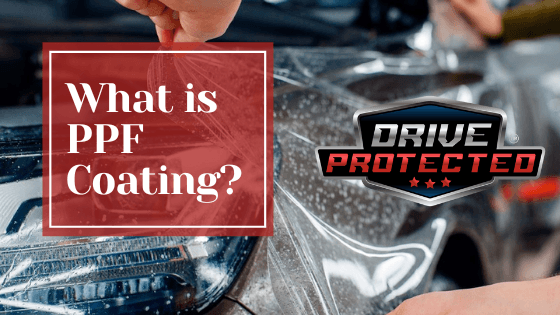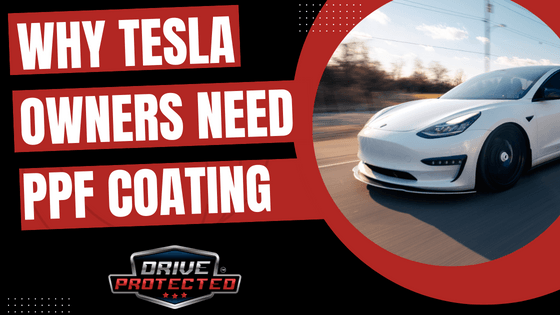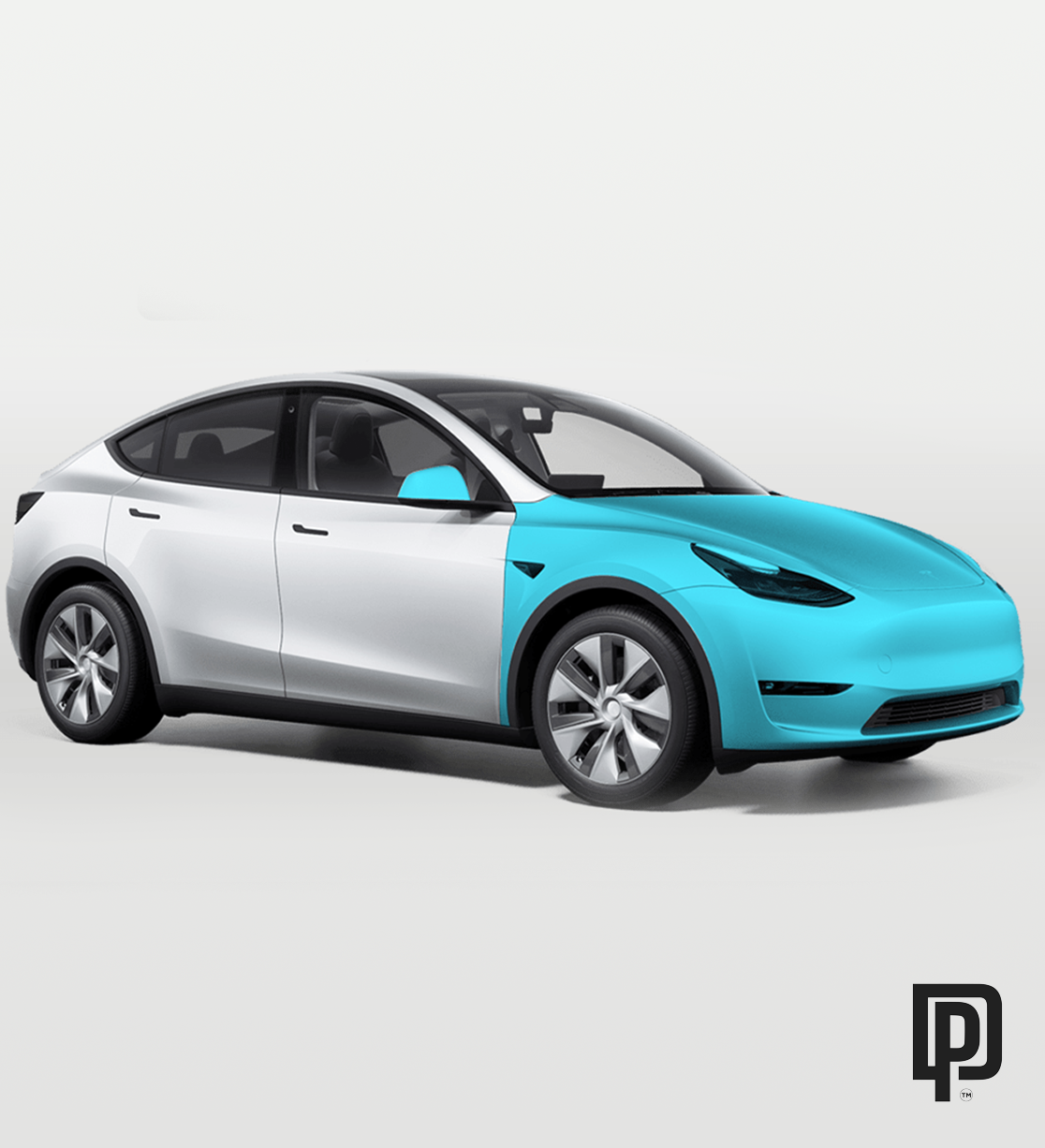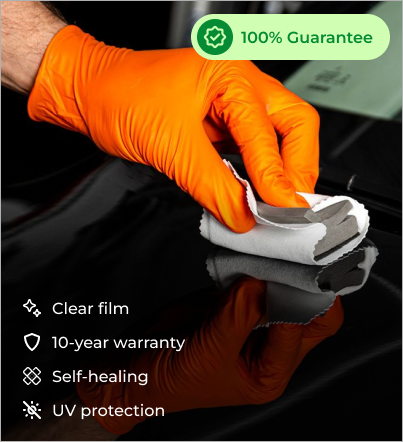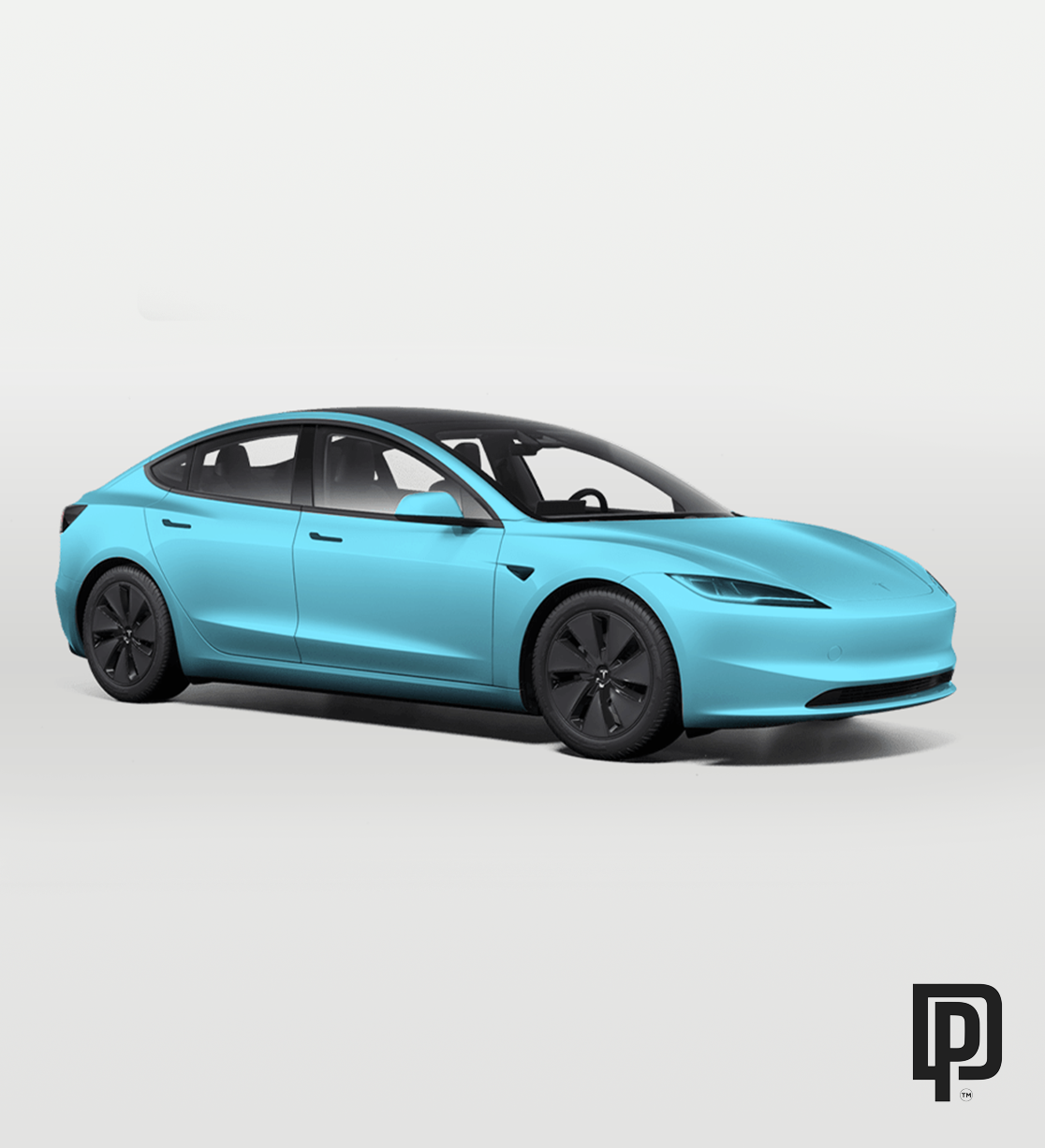If you're a Tesla owner, there's a good chance you're familiar with the term "PPF coating." But what is it, and what does it do?
In short, PPF (or Paint Protection Film) is a urethane film that is applied to the finish of your vehicle in order to protect it from scratches, chips, and other forms of damage. It can also enhance the appearance of your car by making it appear glossy and sleek.
While it may seem like an unnecessary expense, PPF coating can actually be quite affordable and worth the investment if you care about preserving the condition of your car. If you're interested in learning more about PPF Coating or are thinking about having it applied to your Tesla, keep reading.
1. What is PPF coating and what are its benefits?
PPF coating, also known as a paint protection film, is a clear, self-adhesive vinyl film that is applied to the painted surfaces of a car. The main purpose of PPF is to protect the paint from chips, scratches, and other types of damage.
In addition to protecting the paint, PPF can also help to keep your car looking clean and new for longer. The film is virtually invisible once it has been applied, and it does not yellow or fade over time. PPF is an extremely durable product that can provide long-lasting protection for your car.
2. How does PPF coating work and how long does it last for?
The film acts as a barrier, protecting the paint from scratches, dirt, and other everyday wear and tear. PPF coating can last for several years, but it will eventually need to be replaced. The good news is that the film can easily be removed without damaging the paint underneath.
This makes it an ideal option for anyone who wants to keep their car looking new for as long as possible. So if you're looking for a way to protect your investment, PPF coating is definitely worth considering.
3. What type of cars can benefit from a PPF coating, and what are the costs involved?
A PPF coating can benefit any type of car, but it is especially beneficial for cars that are frequently driven in harsh conditions or exposed to a lot of road debris.
A PPF coating acts as a barrier between the paint and the elements, protecting the paint from scratches, chips, and UV damage. The cost of a PPF coating will vary depending on the size and type of car, but it is typically more affordable if you do it with a DIY PPF Solution from Drive Protected than if you pay an installer.
Overall, a PPF coating is a great investment for any car owner who wants to keep their vehicle looking its best.
4. How do I know if my car needs a PPF coating, and where can I go to have it done?
If you're not sure whether or not your car needs a PPF coating, it's always best to consult with a professional.
At Drive Protected, we offer a free assessment to help you determine if a PPF coating is right for your car. We will take into consideration the make and model of your car, as well as your driving habits and the types of conditions that your car is typically exposed to.
If you do not want to pay for the installation process and wait weeks for your car to be serviced, we suggest a DIY option. We have assorted options for Tesla owners, however, you can email us for a make and model-specific quote as well.
5. What are the risks associated with getting a PPF coating, and how can I avoid them?
The biggest risk associated with getting a PPF coating is that it may void your car's warranty.
Before you have a PPF coating applied, be sure to check with your car manufacturer to see if they have any restrictions or requirements.
Another risk is that the film may not adhere properly to the paint, which can cause bubbles or wrinkles.
To avoid this, be sure to follow the instructions carefully and have the film applied properly with the correct PPF accessories.
Overall, a PPF coating is a great investment for any car owner who wants to keep their vehicle looking its best. With proper care and maintenance, a PPF coating can last for several years and help to protect your car's paint from scratches, chips, and UV damage.

